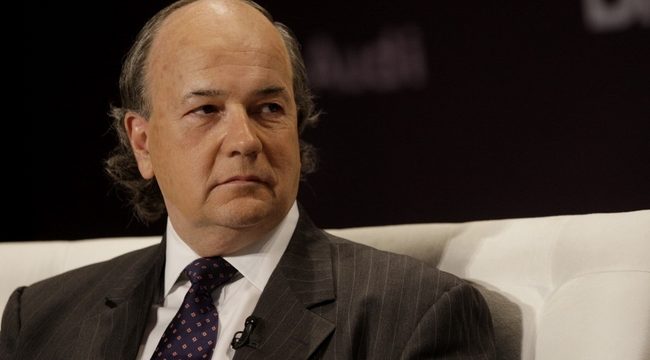“In a recent article, Yale scholar Stephen Roach points out that between 2008 and 2017 the combined balance sheets of the central banks of the U.S., Japan and the eurozone expanded by $8.3 trillion, while nominal GDP in those same economies expanded $2.1 trillion.
What happens when you print $8.3 trillion in money and only get $2.1 trillion of growth? What happened to the extra $6.2 trillion of printed money? The answer is that it went into assets. Stocks, bonds, emerging-market debt and real estate have all been pumped up by central bank money printing.
What makes 2018 different from the prior 10 years? The answer is that this is the year the central banks stop printing and take away the punch bowl.
The Fed is already destroying money (they do this by not rolling over maturing bonds). Last week, the Fed reduced its balance sheet by $22 billion. While that doesn’t seem like much when you’re talking about a $4 trillion balance sheet, it was the Fed’s largest cut to date. Funny how the market hit the skids just after this happened. But you haven’t heard the mainstream media mention that.
By the end of 2018, the annual pace of money destruction will be $600 billion — if the Fed under new chairman Jerome Powell stays on course. The European Central Bank and Bank of Japan are not yet at the point of reducing money supply, but they have stopped expanding it and plan to reduce money supply later this year.
In economics everything happens at the margin. When something is expanding and then stops expanding, the marginal impact is the same as shrinking. Apart from money supply, all of the major central banks are planning rate hikes, and some, such as those in the U.S. and U.K., are actually implementing them. Reducing money supply and raising interest rates might be the right policy if price inflation were out of control. But despite a recent uptick in some inflation measures, prices have mostly been falling.
The “inflation” hasn’t been in consumer prices; it’s in asset prices. The impact of money supply reduction and higher rates will be falling asset prices in stocks, bonds and real estate — the asset bubble in reverse. And as the past few days show, the problem with asset prices is that they do not move in a smooth, linear way. Asset prices are prone to bubbles on the upside and panics on the downside. Small moves can cascade out of control (the technical name for this is ‘hypersynchronous’) and lead to a global liquidity crisis worse than 2008.
This will not be a soft landing. The central banks — especially the U.S. Fed, first under Ben Bernanke and later under Janet Yellen — repeated Alan Greenspan’s blunder from 2005–06. Greenspan left rates too low for too long and got a monstrous bubble in residential real estate that led the financial world to the brink of total collapse in 2008.
Bernanke and Yellen also left rates too low for too long. They should have started rate and balance sheet normalization in 2010 at the early stages of the current expansion when the economy could have borne it. They didn’t. Bernanke and Yellen did not get a residential real estate bubble. Instead, they got an “everything bubble.” In the fullness of time, this will be viewed as the greatest blunder in the history of central banking. Not only that, but Greenspan left Bernanke some dry powder in 2007 because the Fed’s balance sheet was only $800 billion. The Fed had policy space to respond to the panic of 2008 with rate cuts and QE1.
Today the Fed’s balance sheet is over $4 trillion. If the current rout becomes a full-blown panic, or even if it is delayed until later, the Fed’s capacity to cut rates is only 1.5%. And its capacity to expand the balance sheet is basically nil, because the Fed would be pushing the outer limits of an invisible confidence boundary.
This conundrum of how central banks unwind easy money without causing a recession (or worse) is just one small part of a risky mosaic. For now, think of 2018 as the year of living dangerously.” – Jim Rickards, in The Daily Reckoning











The question is whether “money” and “assets” from the rest of the world will funnel into US equities and treasuries to make up for the central bank ” cleaning up” its balance sheet, and if so will this destabilize foreign markets enough to trigger a daisy chain of derivative type events which destabilize the whole world? Might start first by asking Deutsch Bank.
Over a quadrillion in derivatives to be reckoned with as well.
Wonder how they’ll deal with that one.
That’s an awesome explanation of the Federal Balance Sheet and why 2018 will be different.